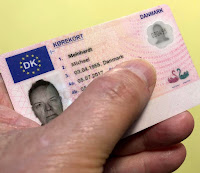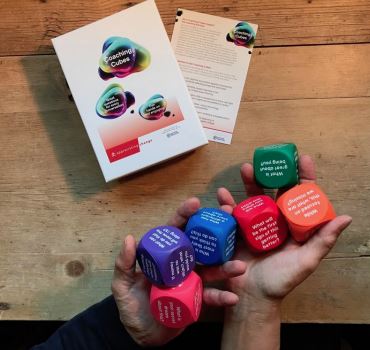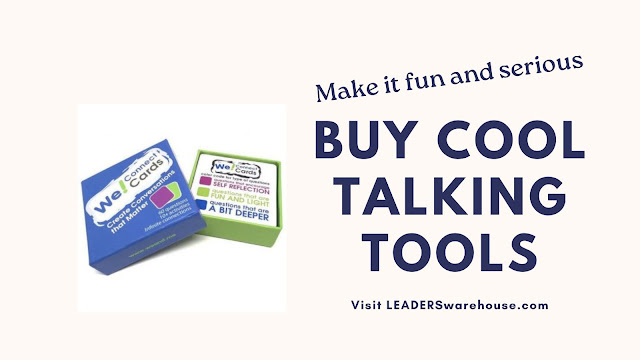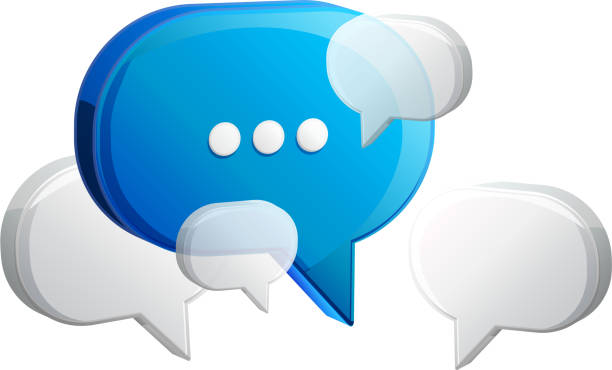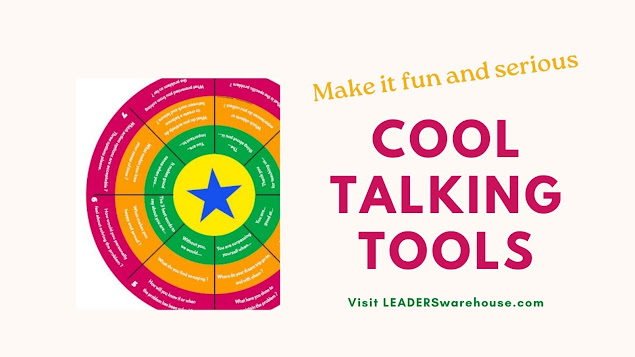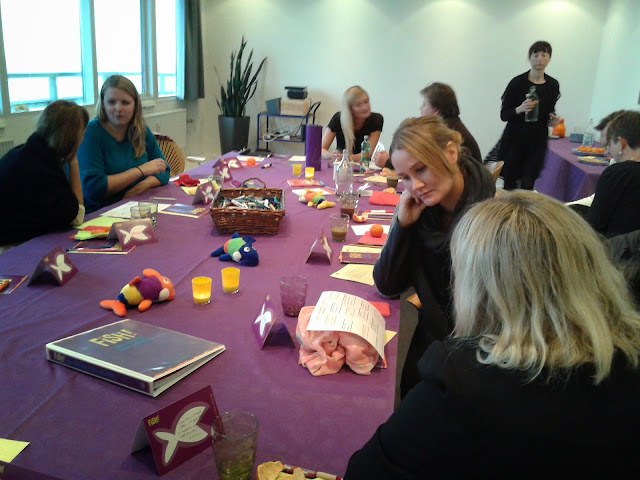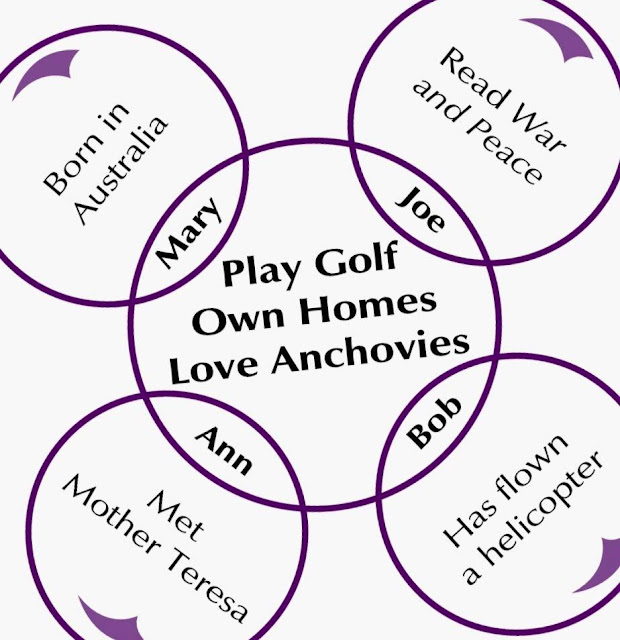The opposite of play is depression
Play can’t be forced: How Children Can Teach Us to Play “The opposite of play is not work. It’s depression,” says Play expert Stuart Brown. Far too often, we think of play and work as being mutually exclusive concepts positioned on opposite ends of the same spectrum, and that’s why we so often hear from people that Play is the most difficult-to-grasp pillar of the FISH! Philosophy. But Play is not mutually exclusive from work; instead, it’s something that can be integrated into our workspaces and our work processes to help improve the quality of our ideas, our outputs, and our collaborative processes. If you’re struggling to wrap your head around the idea of what Play looks like in the workplace, let’s remove the idea of “the workplace” entirely and take a step back to a time when Play was a natural way of being: childhood. Children are the ultimate experts in Play, and adults could learn a thing or two about it from them: after all, we all need to play, and humans (and animals...


